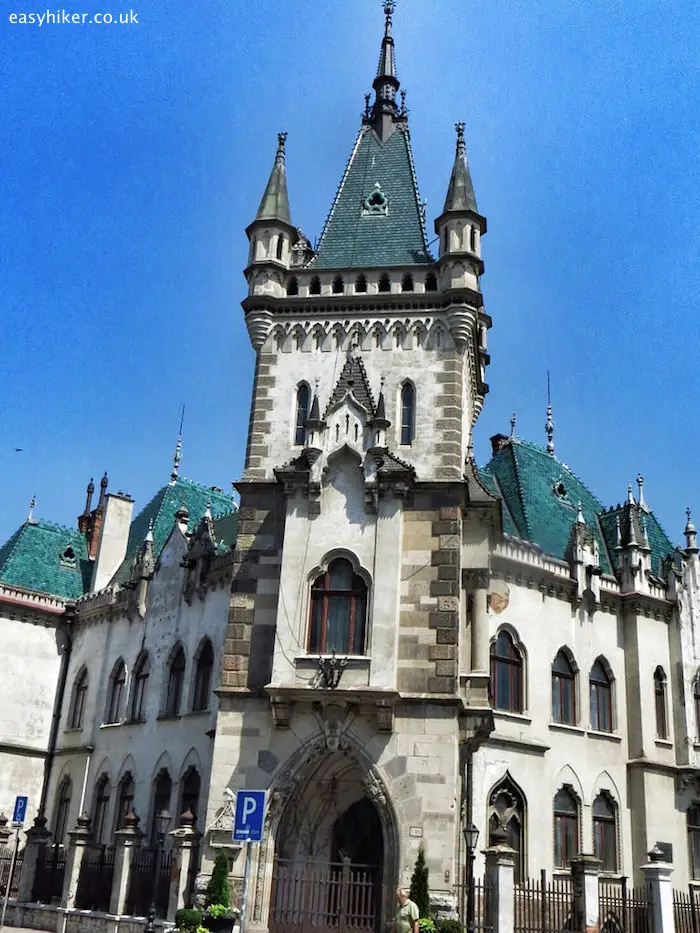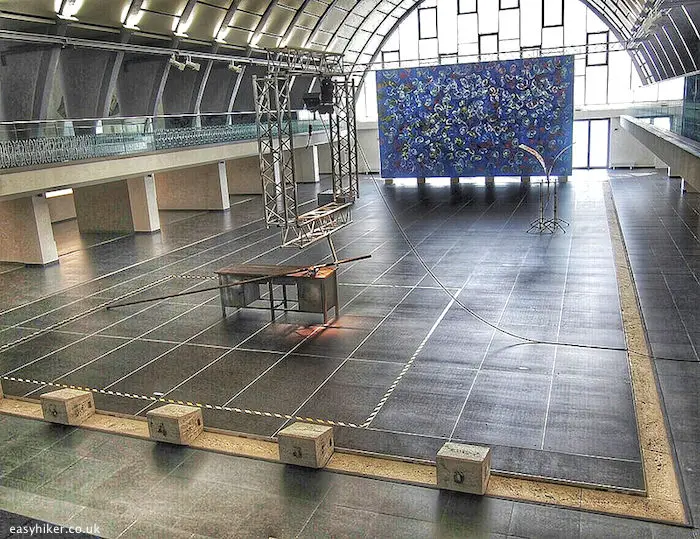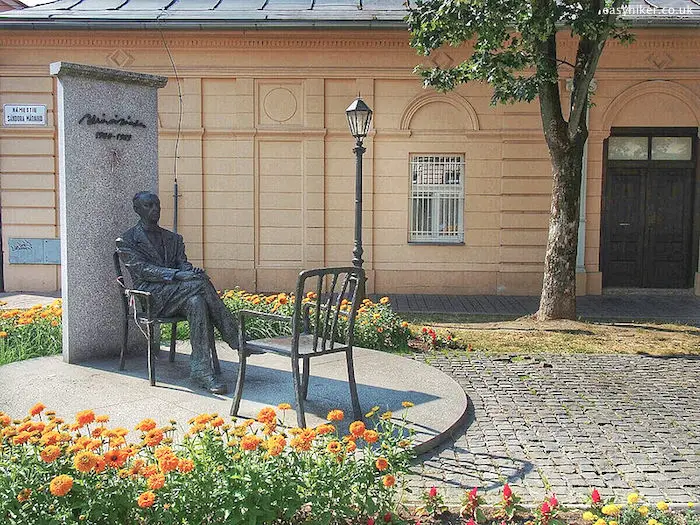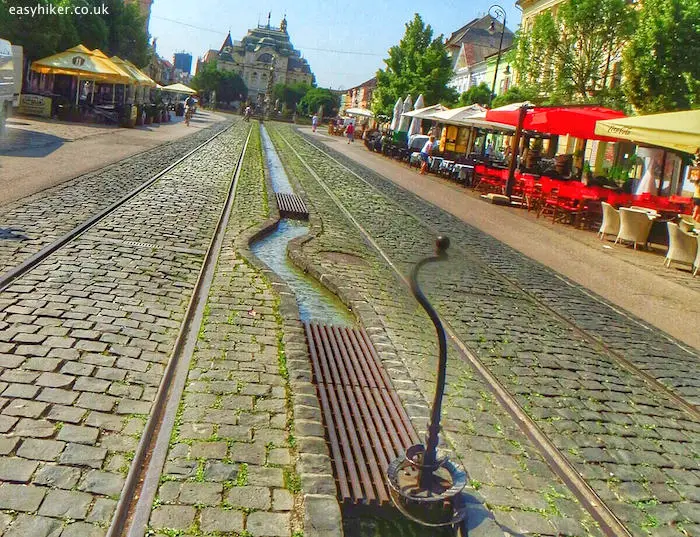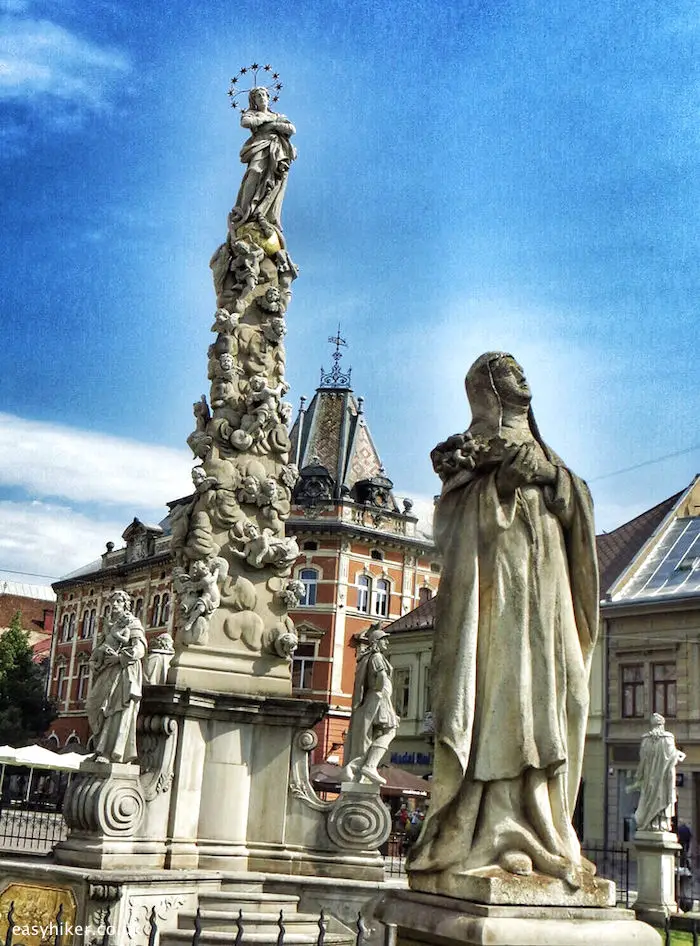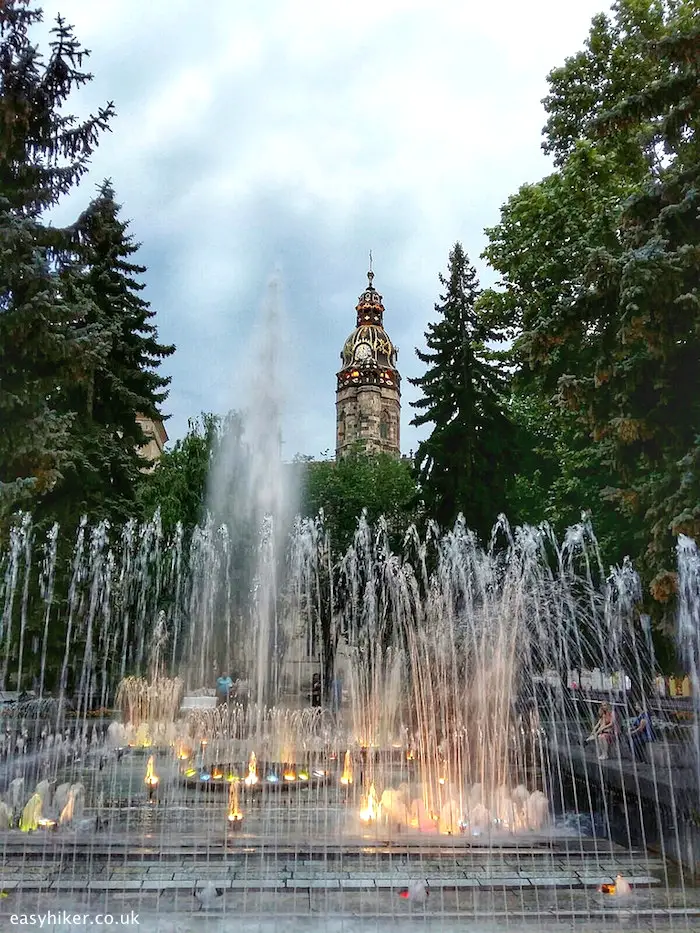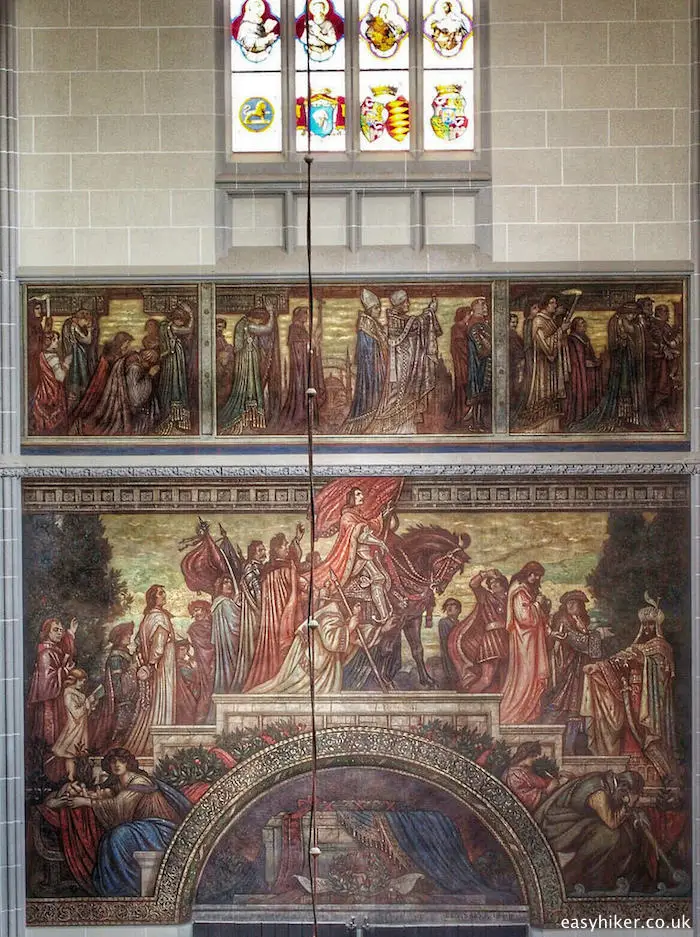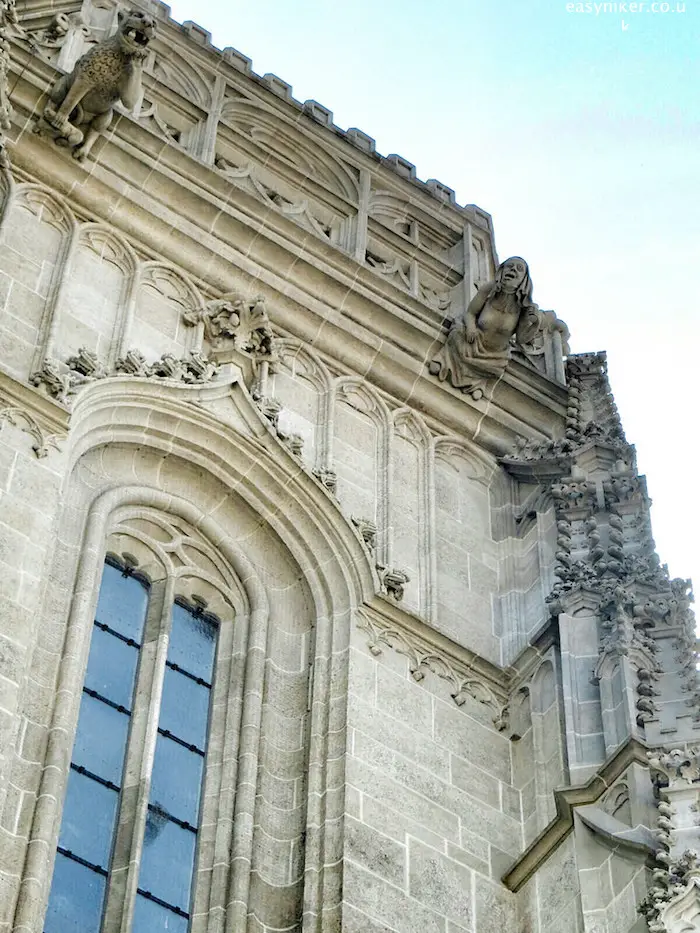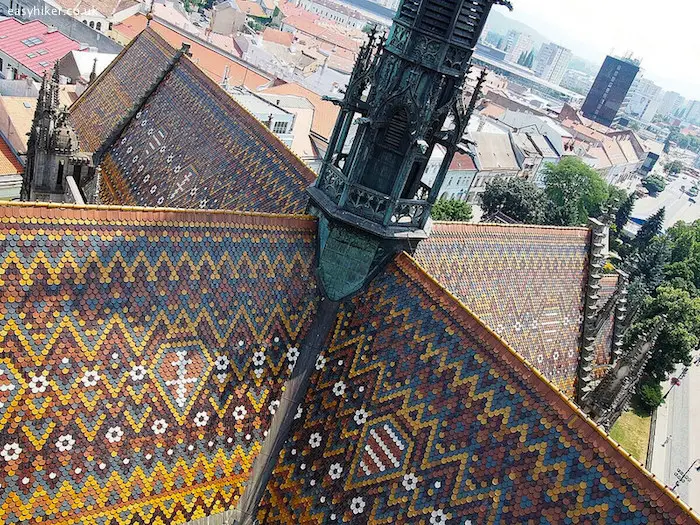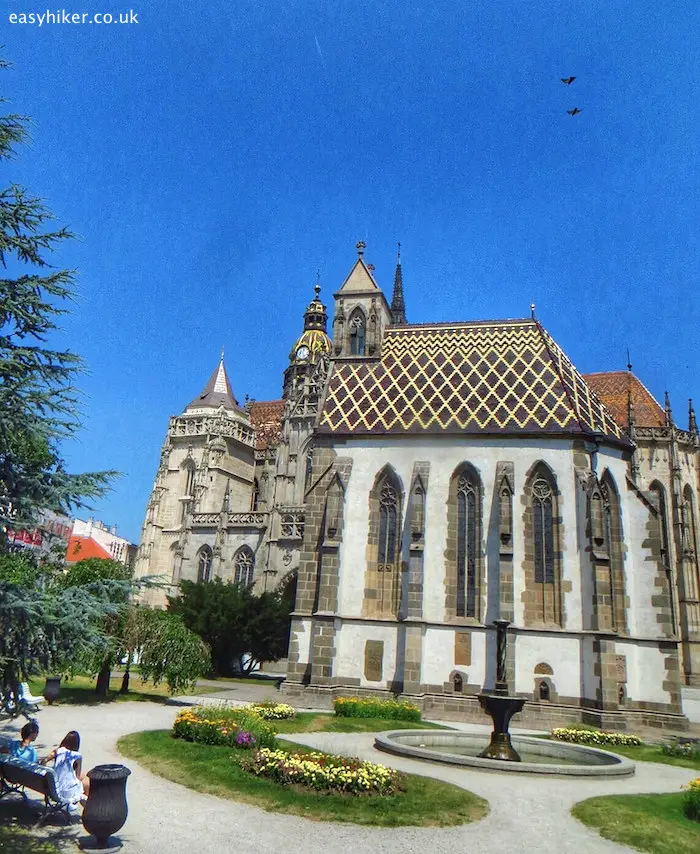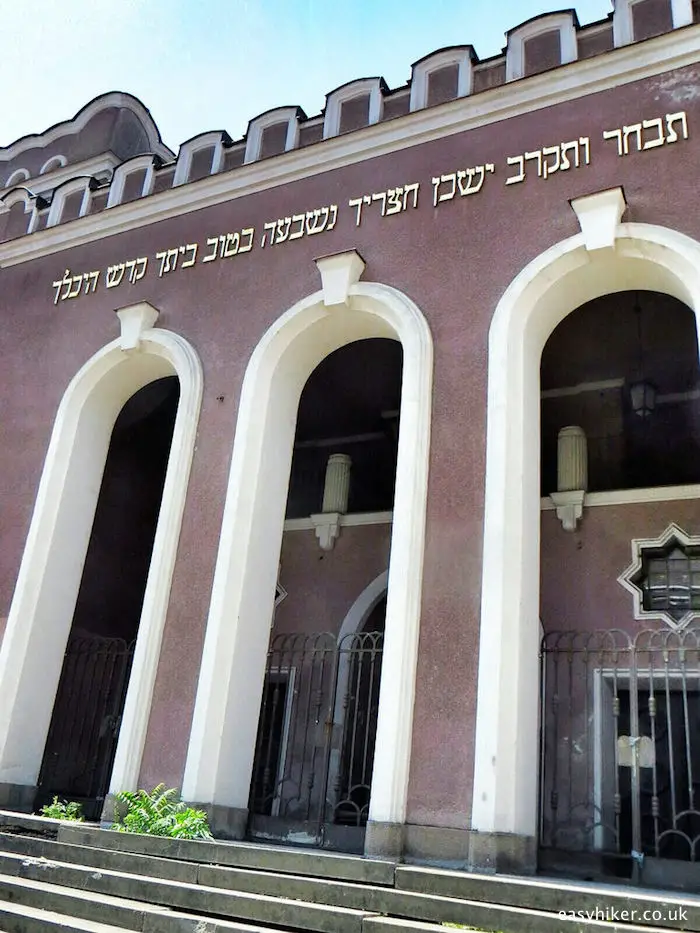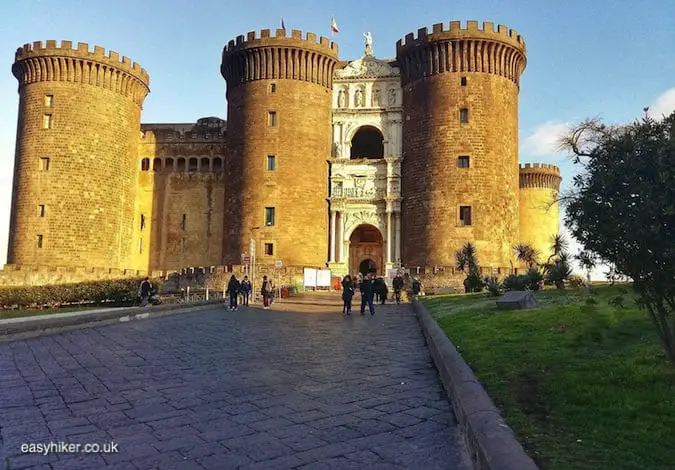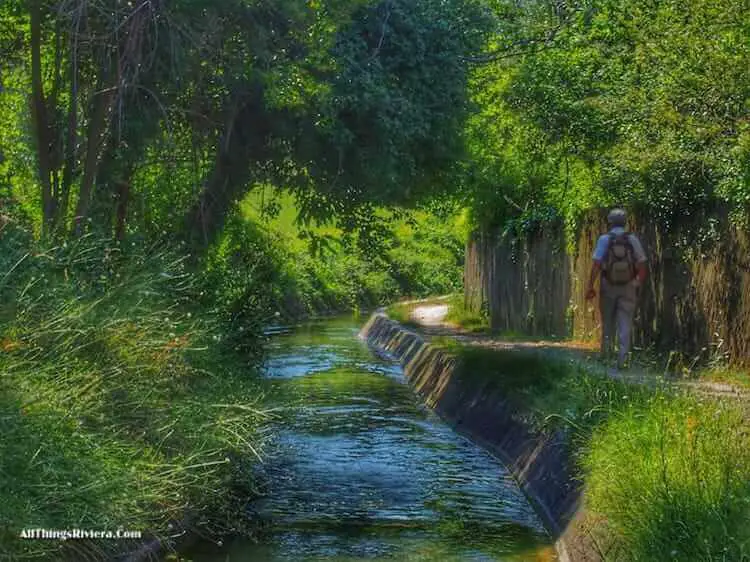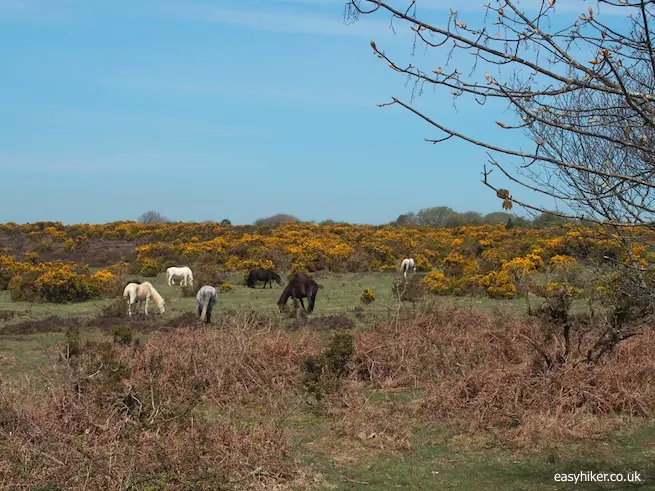A walk through the beautiful streets of this city in Eastern Slovakia can teach you a thing or two about Europe and its common culture
Many people like to sneer at the whole concept of the “European Capital of Culture”, but there is some good thinking behind it, as there is behind so many of the EU’s initiatives (yes, English readers, that even includes the common currency.)
European culture, so the thinking goes, is not something that only happens in a few select places. The tectonic shifts and movements of culture that have created Europe over time – ancient Rome, Christianity, the Reformation, the Enlightenment and so on – have shaped more than just a peak or two, while the storms that have devastated Europe in regular intervals throughout its history – quarrels about dynastic successions or questions of belief – have all been part of the same local weather system.
European culture is Paris and Rome, without a question, but it is also Mons and Plzen (the current European Capital of Culture), San Sebastian and Wroclaw (their designated successors).
And Kosice.
Kosice is the second largest city of Slovakia, one of Europe’s smallest and most vulnerable countries and one that has always been precariously perched on the frontier between East and West, wedged in between the Czech Republic, Hungary, Poland, Austria and the Ukraine (formerly the Soviet Union), all of which are considerably larger and more powerful countries and all of which have dominated little Slovakia at some point or the other of her history.
Kosice was the European Capital of Culture in 2013, the first Slovak town thus honoured, and a walk through the town centre is much like reading a 19th century novel (another great gift of Europe to global culture) such as, say, War and Peace. Both embed the particular into the universal and connect individual fates with the tides of world history: Tolstoy connects Pierre and Natascha with Napoleon and the Czar. The walk shows the traces that the Middle Ages, the Baroque, WWI, the Holocaust and Communism have left behind in provincial Slovakia – as we shall see.
Walking through the tides of history in Kosice
Leave Kosice train station and continue down Mlynska until you reach the neo-Gothic Jakabov Palace (which also, towards the end of WWII, briefly served as the official residence of Edvard Benes, Czechoslovakia’s last pre-Communist President).
Turn left into Stefanikova past the Kunsthalle, the former municipal swimming pool transformed into a multi-purpose art centre …
… and left again (into Hviezdoslavova) at the roundabout with the Marathoner sculpture (erected to honour Kosice’s annual Peace Race, the oldest continuously run Marathon Race in Europe.)
If you have the time, visit the East Slovak Museum right behind the statue with its unique collection of coins (a hoard that was discovered during building works in 1930s, after the coins had remained hidden under the floorboards for 300 years.)
Continue left into Masiarska until you reach the Sandor Marai sculpture.
Marai (1900 – 1989) is Kosice’s most famous citizen, and the city proudly proclaims in its official literature that he is “the second most translated author in the world” – although he did not write in Slovak but in Hungarian. (In the years before WWI, when Marai grew up here, Kosice (then called “Kassa” by the Hungarians and “Kaschau” by the Austrians) was essentially a Hungarian town. It was much smaller than today, too, counting just 30,000 inhabitants, and only grew to its modern size of 250,000 people after becoming part of Czechoslovakia in 1918.)
Now turn left into Zbrojnicna and right into Hlavna, Kosice’s beautiful main street, which used to follow the direction of a small local river (commemorated by the narrow stream in the middle of today’s boulevard).
Continue past the Baroque church of St Anthony and the Immaculata Plague Column, erected after the end of an epidemic in 1710 …
… to the “Singing Fountain” in the back of the State Theatre.
This fountain was constructed in the 1970s after the city’s mayor had seen a similar contraption in Kosice’s Soviet twin town and had liked it so much that he wanted one for his own town. Even the fact that the patent for this type of fountain had to be bought from a US company could not hold him back – which is how this piece of Las Vegas (you may have seen a similar show outside Bellagio’s) found its way into provincial Slovakia. (You simply cannot make this stuff up.)
The church on the other side of the garden is St Elizabeth Cathedral, one of the easternmost Western-style Gothic cathedral in Europe.
The church is a site of pilgrimage for Hungarian nationalists, because of its close connections with Ferencz Rakoczi, Hungary’s Braveheart and the leader of his country’s doomed uprising against the Habsburgs (1703 to 1711). He is buried in the crypt, and the large mural on the church’s northern wall tells the story of his heroic downfall.
One little detail: if you stand outside on the western side of the cathedral, you can see this little gargoyle balancing merrily, if precariously on the fine line between heaven and earth.
Local legend has it that this figure represents the estranged wife of the cathedral’s master builder, and that this was his way of having the last laugh – by letting the world in on the fact that his Missus liked more than a tipple or two.
If you have the time (and the energy), you should also walk up the 160 steps of the North Tower. There is an observation deck on top from where you get splendid views all over Kosice’s old town.
Just behind the large Cathedral, you can find another, much smaller church. This is St Michael’s, originally a graveyard chapel, but for centuries the main church of the Slovak minority when the Hungarians prayed in the far more sumptuous surroundings of St Elizabeth next door.
Continue down Hlavna to the ancient Lower Town Gate, which was only discovered twenty years ago during road works. Turn left into Rooseveltova and, after one block or so, left again into Pushkinova. This is where you can find what used to be Kosice’s main synagogue, the last visual memory of the city’s once thriving Jewish community of more than 10,000 members.
The building is reasonably well preserved but nowadays just an empty shell, towering over the modest low-rise houses of Pushkinova street like a ghost.
According to the statistics, about 200 Jews are living in the modern city, but the number of local people who are regularly attending prayers appears to be very small. I have seen an estimate of “less than ten”, and most people who do attend these services, it is said, are Israeli medical students from one of Kosice’s four universities.
This is at the same time very sad, of course, but also an encouraging glimpse into the future of the continent. Maybe we Europeans, finally, have managed to learn something from our past catastrophes.
We will continue our stroll through the tides of history in Kosice with our next post when we explore the city’s present rather than its past. Surprises are guaranteed!


